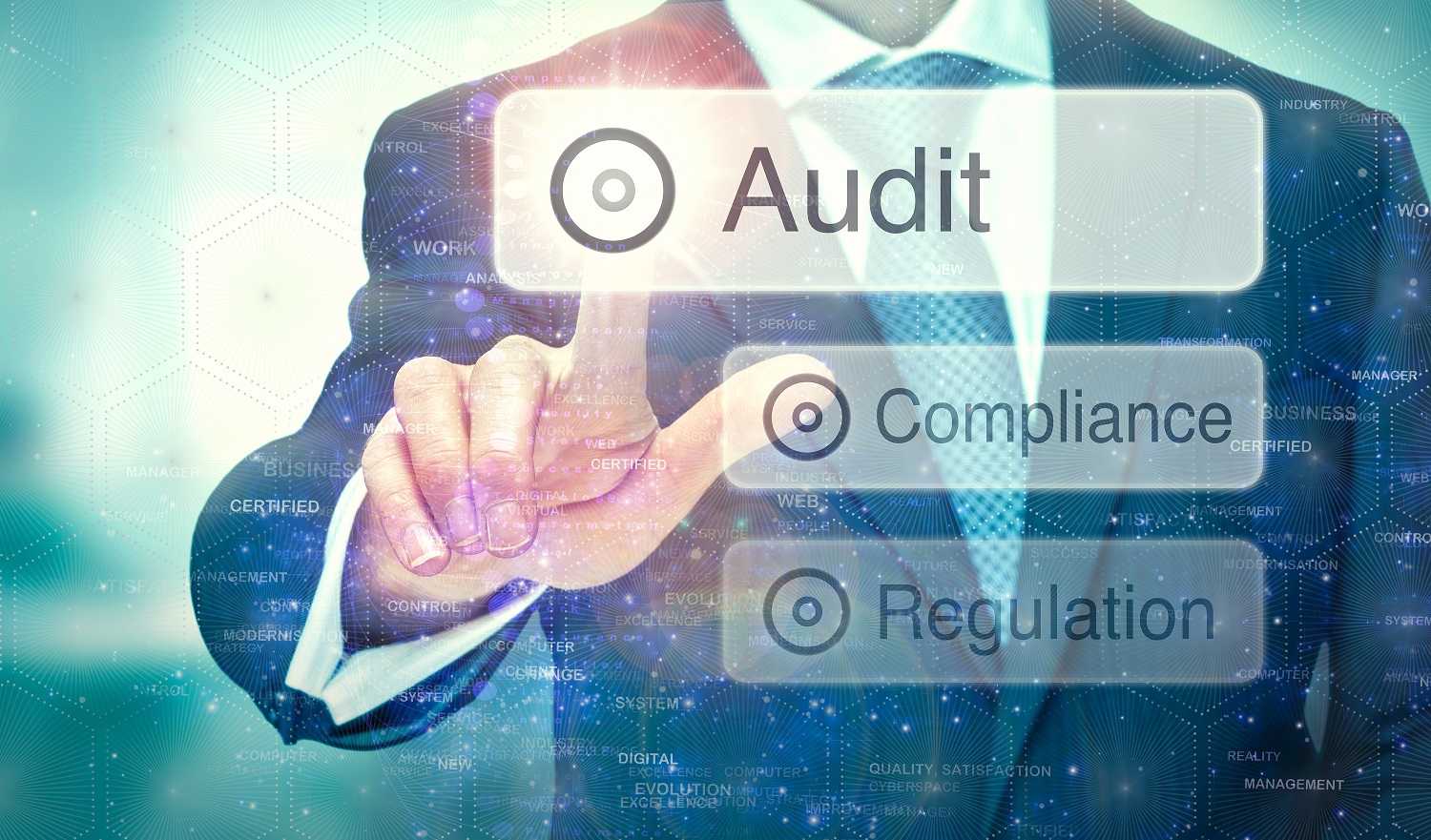IT Audit Assurance
An information technology (IT) audit is crucial for all businesses and organizations. It can effectively provide insights into the IT infrastructure, policies, and procedures and how you can make the necessary improvements.
During an IT audit, a company will work with IT auditors to scrutinize the IT infrastructure to determine if everything is on par with the current trends. When things aren’t going well in the IT department, or there has been a lot of downtime in the business operations, it’s time for an IT audit. 
Every business requires an IT department, which can be an internal team or a remote team. In some organizations, they outsource their IT tasks. In any case, the primary source of concern is the rise in cybersecurity risks, which can result in data loss and a poor reputation.
An IT audit is necessary to fully assess the IT infrastructure and ensure all your assets are secure. Remember that your IT system’s integrity can make a significant difference between success and failure in this highly competitive world. If you live in Toronto and you’re looking for IT consulting services that can cater to the specific needs of your business, Fusion Computing is a Toronto managed IT services provider (MSP) that would be worth checking out along with other reliable service providers.
If you want an upcoming IT audit to flow efficiently and smoothly, here are several tips when conducting a proper IT audit for your business.
Obtain a Clear Perspective
Getting an initial scope of the IT audit will improve the chances of a smooth procedure. The audit’s main objective is to assess the IT environment and current capabilities, identify risks, and determine whether adopting new technologies or processes would be beneficial.
Create An Inventory Of Your IT Assets
When conducting an IT audit, it’s all about your IT assets. One of the first considerations is to create an inventory of all IT assets. Generally, the IT assets can cover both software and hardware resources that are part of the daily business operations.
Aside from the inventory, it’s best to keep an access list on hand to be easier to enter the system during the audit. One way to make it convenient is to create a list of login credentials for all hardware and software resources.
Determine If You Need External Resources
You should determine if your internal resources are enough or there’s a need to seek external assistance for the IT audit.
Although assigning your IT team might be a cost-effective approach, it might not be enough unless you have an audit manager or risk management personnel on hand. In such cases, consider looking for assistance from a professional.
Outline The Potential Risks
During the audit process, list down all potential threats your business data is likely to face, such as the following:
- Malware, hacking, and ransomware. An external hacking attempt is one of the main threats to data security. Any of these pose serious threats, regardless of the size of your company.
- Natural disasters and physical breaches. Although it varies depending on your location, the outcome can be devastating.
- Denial of Service (DoS). When a DoS attack occurs, it can prevent users from accessing specific systems, services, devices, or IT resources.
- Malicious misuse. Sadly, data is susceptible to misuse or may end up leaked by staff and third-party vendors.
- Phishing. Hackers might access your data by targeting your employees with techniques to obtain personal information.
Establish Security Measures
After considering the potential risks to your data, carefully assess the controls already in place and think of ways to improve or implement new ones if something is amiss. Some of the usual security measures include:
- Regular data backup. Backing up data regularly is crucial if a malware attack or natural disaster occurs that can corrupt or damage your data.
- Antivirus and firewall. Both can effectively protect your business network.
- Multi-factor authentication. When one is in place, it significantly boosts the security of the login process and allows you to assign who can access your data.
- Anti-spam filter. When configured correctly, it serves as a great line of defense against malware and phishing attacks.
Make sure to plan the IT audit around the current risk assessments and cost implications.
Final Thoughts
An IT audit must sort out and gather data so you’ll know any potential weaknesses in your IT systems. Always review all policies and procedures and observe strict monitoring to ensure all employees sync with their roles. After assessing all your business systems, you need to identify any weak points and work on ways to strengthen them.
